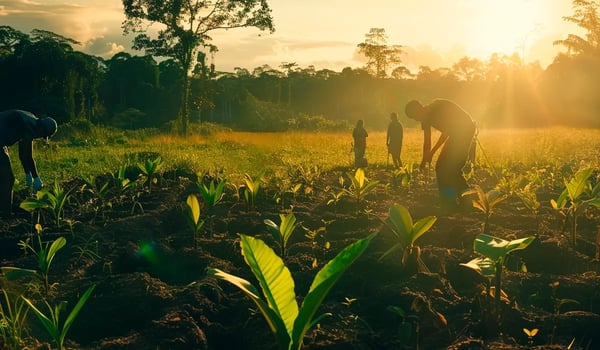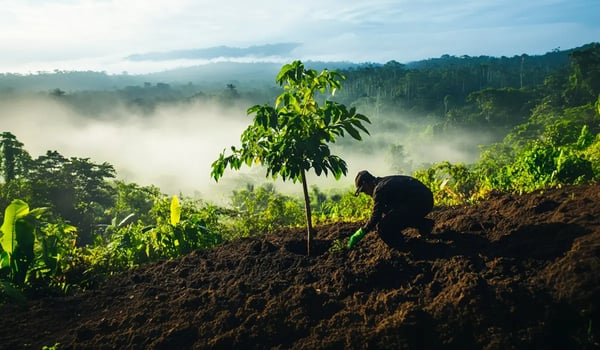Brazil is scaling up its Amazon reforestation efforts with a new $26 million public call dedicated...

Brazil Pledges $26 Million to Restore Indigenous Lands in the Amazon
1

Dutch Government Commits $726M into Aramis CCS to Keep Carbon Plans Alive
The Netherlands has stepped in with a major investment to safeguard its flagship carbon capture and...
2

Amazon revival: Brazil backs major forest restoration and carbon offset push
A major environmental initiative is underway in Brazil, as Petrobras and the country’s National...
1

New €50M Loan Fund Set to Supercharge Soil Carbon Farming Across Europe
A €50 million private credit facility has been launched to accelerate the rollout of soil carbon...
1



